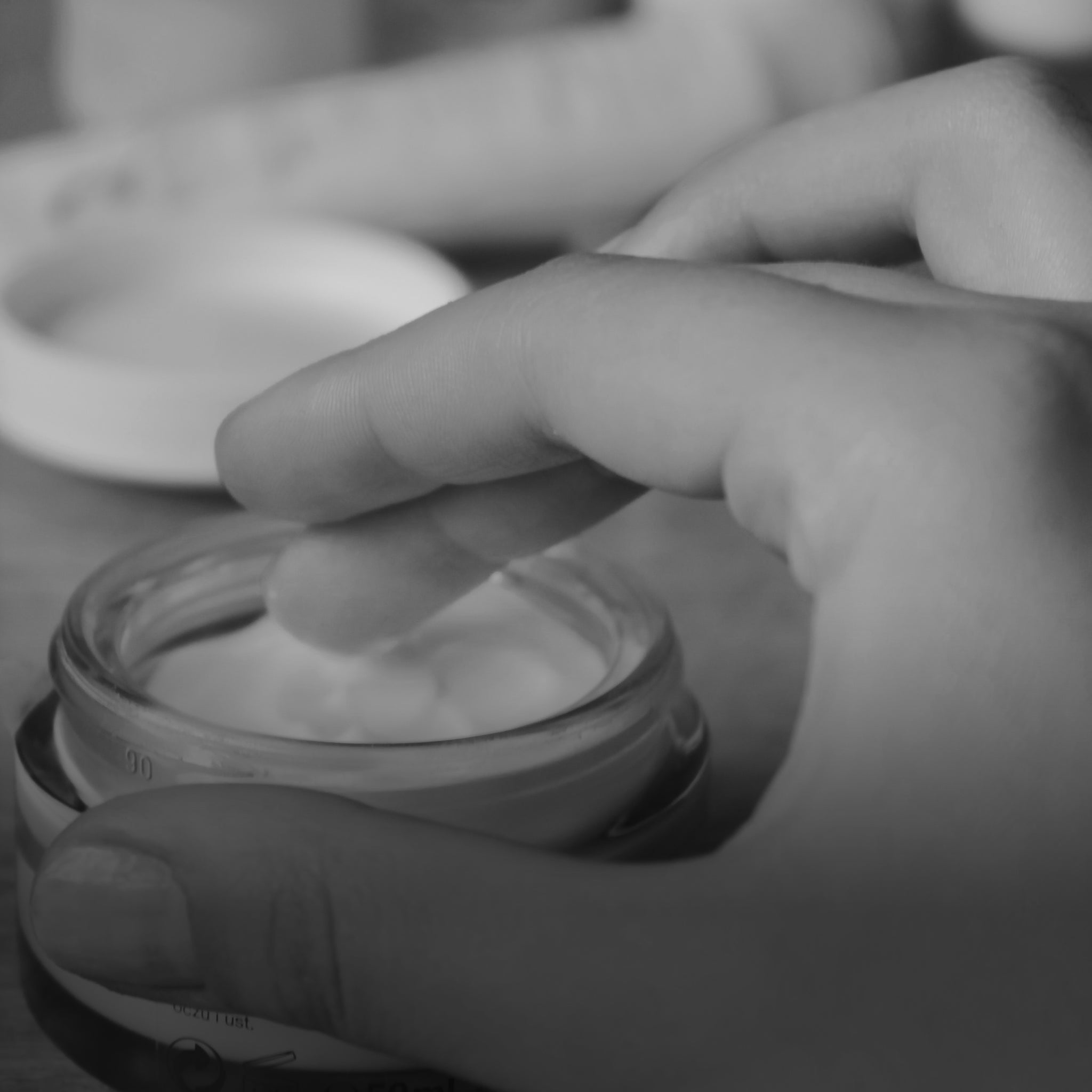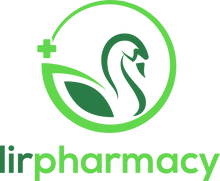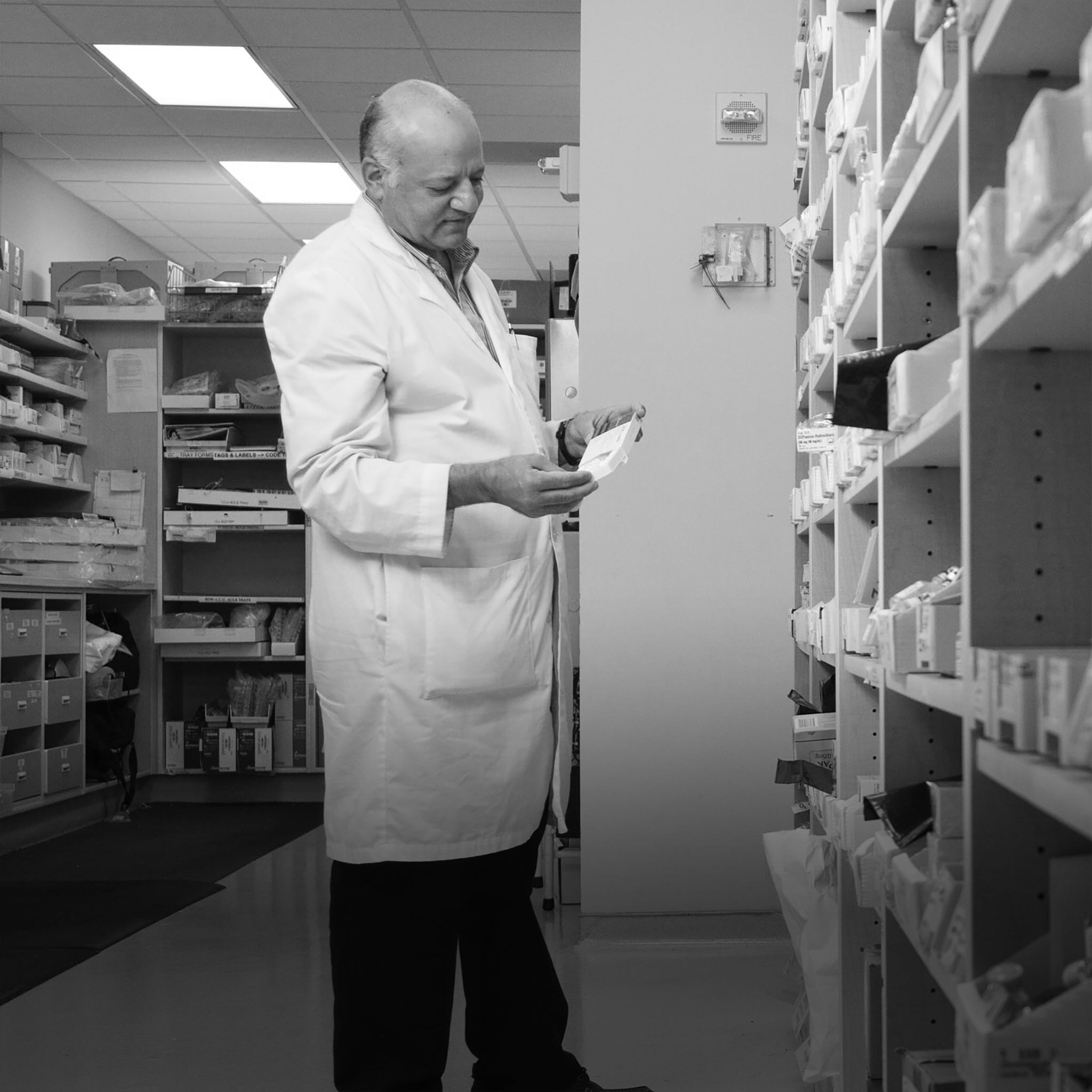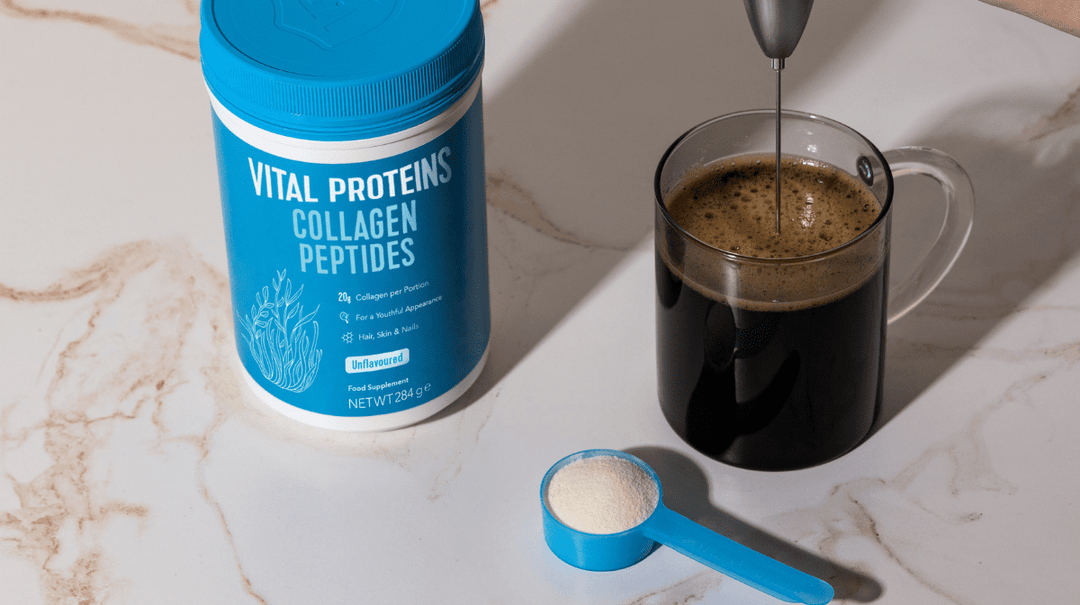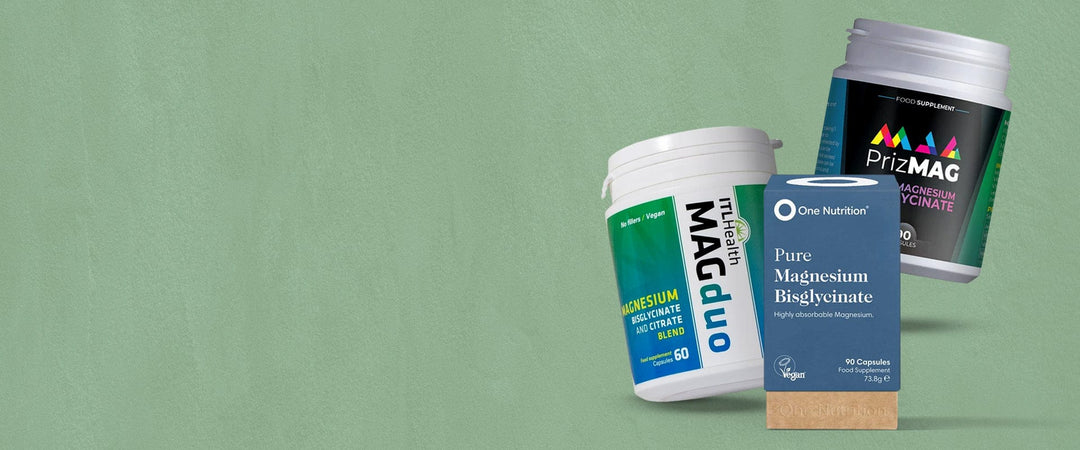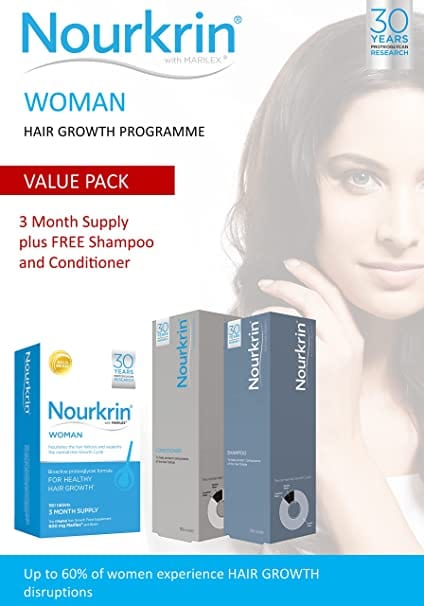The Best Products for Pigmentation: Effective Solutions You Can Trust
Pigmentation issues like dark spots, melasma, sun damage, and post-acne marks can be stubborn—but the right products for hyperpigmentation can make a world of difference. Whether you’re aiming for a more even skin tone or want to fade years of discoloration, choosing clinically proven, dermatologist-recommended ingredients is key. Blocking tyrosinase, an enzyme involved in melanin production, is a crucial mechanism for reducing pigmentation, so identifying key ingredients that inhibit this process is essential when selecting effective products.

What Causes Pigmentation?
Pigmentation occurs when excess melanin (the pigment that gives skin its color) is produced. This can be triggered by:
-
Sun exposure
-
Hormonal changes (hormone changes, e.g., pregnancy, birth control)
-
Acne or injury to the skin (post-inflammatory hyperpigmentation)
-
Genetics or certain medications
Introduction to Hyperpigmentation
-
Hyperpigmentation is a common skin concern characterized by the appearance of dark spots, uneven skin tone, and darker patches on the skin, often caused by excess melanin production.
-
It can affect various skin types, including dry skin, oily skin, and combination skin, and can be triggered by factors such as sun exposure, hormonal changes, and skin injuries.
-
Effective hyperpigmentation treatments often involve a combination of hyperpigmentation products, at-home treatments, and professional treatments, including products containing vitamin C, azelaic acid, and glycolic acid.
-
Understanding the causes and types of hyperpigmentation, such as post-inflammatory hyperpigmentation and melasma, is crucial for developing a personalized treatment plan.
-
Reducing hyperpigmentation requires a consistent skincare routine, including daily SPF, and the use of products that target melanin production, such as licorice root extract and alpha arbutin. These products are specifically formulated to treat hyperpigmentation and improve skin tone over time.

Understanding Hyperpigmentation Causes
-
Hyperpigmentation can be caused by a range of factors, including sun damage, hormonal changes, and post-inflammatory hyperpigmentation, which can lead to the formation of dark spots and uneven skin tone.
-
Skin types, such as darker skin tones, can be more prone to hyperpigmentation due to the increased production of melanin, which can be triggered by inflammation and skin injuries. These triggers stimulate increased pigment production, resulting in a higher risk of developing dark spots.
-
Other causes of hyperpigmentation include acne scars, ingrown hairs, and genetic factors, which can contribute to the development of dark marks and uneven texture.
-
Understanding the underlying causes of hyperpigmentation is essential for selecting the most effective treatments, including products containing salicylic acid, lactic acid, and tartaric acid.
-
Reducing hyperpigmentation requires a comprehensive approach that addresses the root causes of the condition, including the use of brightening agents and skincare ingredients that promote cell turnover.
Prevention and Treatment
-
Preventing hyperpigmentation involves protecting the skin from sun exposure, using daily SPF, and avoiding skin injuries, which can trigger inflammation and melanin production.
-
Treatment options for hyperpigmentation include skincare products, at-home treatments, and professional treatments, such as chemical peels and microdermabrasion, which can help reduce the appearance of dark spots and uneven skin tone.
-
Products containing vitamin C, azelaic acid, niacinamide, and kojic acid can help brighten the skin and reduce hyperpigmentation, while ingredients like hyaluronic acid and glycerin can help hydrate, soothe the skin, and reduce redness.
-
Consistent use of these products, combined with a healthy skincare routine, can help achieve an even skin tone and reduce the appearance of dark spots, including post-acne marks and age spots.
-
Professional treatments, such as la roche posay mela, can also be effective in reducing hyperpigmentation, especially when combined with over-the-counter products and skincare ingredients like ferulic acid and tranexamic acid.
Skincare Routine for Hyperpigmentation
-
A skincare routine for hyperpigmentation should include a gentle cleanser, a brightening serum, and a moisturizer that contains ingredients like hyaluronic acid and niacinamide, which can help hydrate and soothe the skin.
-
Exfoliating once or twice a week with a product containing alpha hydroxy acids, such as glycolic acids or lactic acid, can help remove dead skin cells and promote cell turnover, reducing the appearance of dark spots and uneven skin tone.
-
Using a sunscreen with at least SPF 30 daily, even on cloudy days, can help prevent further hyperpigmentation and protect the skin from UV rays, which can trigger melanin production.
-
A consistent skincare routine, combined with patience and persistence, can help achieve significant improvements in hyperpigmentation, including the reduction of dark spots and uneven skin tone.
-
Skincare products containing ingredients like aloe vera, vitamin E, and licorice root extract can also help soothe and calm the skin, reducing redness and inflammation.
Recommended Products for Pigmentation
When it comes to treating pigmentation issues like uneven skin tone, dark spots, and post-inflammatory hyperpigmentation, selecting the right skincare products can make all the difference. The best products for hyperpigmentation are those that not only target excess melanin but also suit your unique skin type and needs.
If you have sensitive skin, look for gentle formulas that are free from harsh fragrances and unnecessary additives. Products containing azelaic acid or niacinamide are excellent choices, as they help fade dark spots and even out skin tone without causing irritation. These ingredients are especially helpful for those dealing with post-inflammatory hyperpigmentation, as they calm redness and support the skin barrier.
For dry skin, it’s important to choose hyperpigmentation products that also provide deep hydration. Serums and creams with hyaluronic acid or squalane can help lock in moisture while working to reduce the appearance of dark spots. Moisturizing brightening serums that combine vitamin C with nourishing ingredients are ideal for restoring radiance and improving overall skin texture.
No matter your skin type, consistency is key. Apply your chosen products daily, and always follow up with a broad-spectrum SPF to protect your skin from further sun damage and prevent new pigmentation from forming. With the right routine, you can achieve a more even skin tone and gradually fade stubborn dark patches, revealing a brighter, healthier complexion.
What Are Dark Spots?
Dark spots are areas of skin that become darker than the surrounding skin (a dark spot can result from sun damage, acne scars, or other causes of excess melanin production). They can vary in size and color (light brown to black) and include post acne scars, which are more common in people with darker skin tones due to higher melanin activity.
Common Causes of Dark Spots
-
Sun Exposure (Sunspots or Age Spots)
-
UV rays stimulate melanin production, leading to pigmentation
-
Often seen on areas frequently exposed to the sun (face, hands, arms)
-
Post-Inflammatory Hyperpigmentation (PIH)
-
Occurs after acne, eczema, cuts, burns, or irritation
-
More common in people with medium to dark skin tones
-
Melasma
-
Hormone-related pigmentation, often triggered by pregnancy, birth control, or sun
-
Appears as symmetrical patches, usually on the cheeks or forehead
-
Medications or Medical Conditions
-
Certain drugs or skin conditions (like Addison's disease) can also cause pigmentation changes
Best Treatments for Dark Spots
✅ Topical Ingredients That Work:
-
Vitamin C – Brightens and fades sun-induced spots
-
Niacinamide – Reduces inflammation and pigment transfer
-
Alpha Arbutin – Lightens spots safely without irritation
-
Hydroquinone – A strong pigment-fading agent (use with caution)
-
Azelaic Acid – Ideal for acne-prone and sensitive skin
-
Retinoids (e.g., Retinol, Tretinoin) – Increase cell turnover to fade discoloration
-
Tranexamic Acid – Effective for melasma and hormonal pigmentation
-
Kojic Acid – Inhibits melanin production and helps lighten dark spots
🌟 In-Office Treatments:
-
Chemical Peels – Exfoliate top layers of pigmented skin
-
Laser Therapy – Targets melanin to break up pigment clusters
-
Microneedling – Stimulates collagen and improves texture and tone
-
Prescription Creams – Dermatologists can prescribe stronger treatments (e.g., hydroquinone 4%, tretinoin, combo therapies)
What Are Acne Scars?
Acne scars form when inflammation from breakouts damages the skin’s tissue, and the healing process doesn’t go smoothly. This can lead to indentations, raised scars, or pigmentation—depending on how your skin responds to the damage.
Best Treatments for Acne Scars
🧴 Topical Treatments (for mild scarring & discoloration)
-
Retinoids (e.g., retinol, adapalene) – Stimulate collagen and improve texture
-
Vitamin C – Fades dark marks and evens skin tone
-
Niacinamide – Reduces redness and discoloration
-
Azelaic Acid – Helps with pigmentation and inflammation
-
Alpha Hydroxy Acids (AHAs) – Exfoliate and smooth uneven texture
What Are Post-Acne Marks?
Post-acne marks are discoloration left behind after a pimple heals. They’re the result of inflammation disrupting normal melanin production or blood vessel activity, making it difficult to fade hyperpigmentation .
There are two main types:
🔸 Post-Inflammatory Hyperpigmentation (PIH)
-
Brown or dark spots
-
Common in medium to dark skin tones
-
Caused by melanin overproduction during healing
🔸 Post-Inflammatory Erythema (PIE)
-
Red or pink marks
-
More common in lighter skin tones
-
Caused by damaged or dilated blood vessels
Unlike true acne scars, these marks are flat and will usually fade over time, especially with treatment.
Dry Skin: Causes, Relief, and the Best Skincare Tips
Dry skin (also known as xerosis) is a common condition where your skin lacks the moisture it needs to stay soft, smooth, and healthy. While it’s often temporary, untreated dry skin can lead to itching, flaking, cracks, and even inflammation.
Symptoms of Dry Skin
-
Tightness, especially after cleansing
-
Flaky or rough texture
-
Itching or irritation
-
Redness or slight inflammation
-
Fine lines more visible due to dehydration
-
Cracks in the skin (especially hands and feet)
🧴 Best Skincare Ingredients for Dry Skin
Look for hydrating and barrier-repairing ingredients:
|
Ingredient |
Benefits |
|
Hyaluronic Acid |
Attracts and retains moisture |
|
Glycerin |
Draws water into the skin |
|
Ceramides |
Restores skin barrier |
|
Squalane |
Moisturizes and softens skin |
|
Shea Butter |
Rich emollient for deep hydration |
|
Colloidal Oatmeal |
Soothes irritation and itching |
|
Urea or Lactic Acid |
Gently exfoliates + hydrates (for very dry, rough skin) |
🧼 Dry Skin Skincare Tips
✅ Do:
-
Use a gentle, fragrance-free cleanser
-
Apply moisturizer immediately after bathing to lock in moisture
-
Use a thicker cream or ointment (not just a lotion)
-
Layer products: Start with hydrating serums, then moisturizers
-
Use a humidifier during dry months
🚫 Avoid:
-
Harsh scrubs or alcohol-based toners
-
Long, hot showers or baths
-
Foaming cleansers that strip oils
-
Overuse of exfoliants or acids
What Is Azelaic Acid?
Azelaic acid is a naturally occurring acid found in grains like barley, wheat, and rye. In skincare, it's used in topical creams, gels, and serums to treat:
-
Acne
-
Rosacea
-
Hyperpigmentation
-
Post-acne marks (PIH)
It’s available both over-the-counter (typically 10%) and in prescription strength (15–20%).
Who Should Use It?
Azelaic acid is ideal for:
-
Acne-prone skin
-
Rosacea sufferers (reduces redness and bumps)
-
People with dark spots, melasma, or uneven skin tone
-
Sensitive skin types who can’t tolerate stronger actives like retinoids or AHAs
Sunscreen – The Most Important Product of All
Without daily sun protection, no treatment will work effectively.
Top Picks:
-
EltaMD UV Clear SPF 46 (ideal for acne-prone or sensitive skin)
-
Black Girl Sunscreen SPF 30 (hydrating, no white cast)
-
La Roche-Posay Anthelios SPF 60 (broad-spectrum and lightweight)
Sample Skincare Routine to Fade Dark Spots
Morning:
-
Gentle cleanser
-
Vitamin C serum or Niacinamide
-
Moisturizer
-
Sunscreen (SPF 30 or higher)
Evening:
-
Cleanser
-
Retinoid or Azelaic Acid
-
Alpha Arbutin or Tranexamic Acid serum
-
Moisturizer
Tips for Using Brightening Serums
-
Use once or twice daily after cleansing and before moisturizer
-
Always apply sunscreen in the morning—UV exposure can worsen pigmentation
-
Start slow if you have sensitive skin (every other day)
-
Combine with gentle exfoliants for better results, but avoid over-exfoliating
Final Thoughts
Pigmentation concerns can be frustrating, but with the right combination of proven ingredients, consistent skincare, and daily sun protection, noticeable improvement is absolutely possible. Whether you’re dealing with sun spots, melasma, or post-acne marks, there’s a solution that fits your skin type and needs.
Remember:
-
Start slow with new actives, especially if you have sensitive skin
-
Give products time to work—most take 4 to 12 weeks for visible results
-
Don’t underestimate SPF—it’s your #1 defense against pigmentation
-
Consult a dermatologist if over-the-counter options aren’t enough
Investing in your skin is a long-term commitment, but with patience and the right tools, you can achieve a brighter, more even complexion while improving your skin's health, appearance, and protective barrier.
FAQs
1. How long does it take to see results from pigmentation products?
Most pigmentation treatments take a few weeks, typically 4 to 12 weeks of consistent use, to show visible improvement. Patience and daily sun protection are key to seeing lasting results.
2. Can I use multiple pigmentation products together?
Yes, many ingredients like vitamin C, niacinamide, and alpha arbutin can be layered safely for reducing blemishes. However, introduce them slowly and avoid combining too many strong actives at once to prevent irritation.
3. Are pigmentation products safe for all skin types and tones?
Many are, but those with sensitive or deeper skin tones should avoid overly aggressive ingredients or high-strength acids. Ingredients like azelaic acid, niacinamide, and alpha arbutin are generally well-tolerated by all skin types and can help support healthy skin cells .
4. What causes pigmentation to come back?
Pigmentation can return due to sun exposure, hormonal changes, or excess production of melanin caused by inflammation (like acne or eczema). That’s why daily SPF and gentle skincare are essential for long-term maintenance.
5. When should I see a dermatologist for pigmentation?
If over-the-counter products don’t help after 3–4 months, or if your pigmentation is worsening or spreading, it's best to see a dermatologist. Prescription-strength options or in-office treatments may be more effective.


